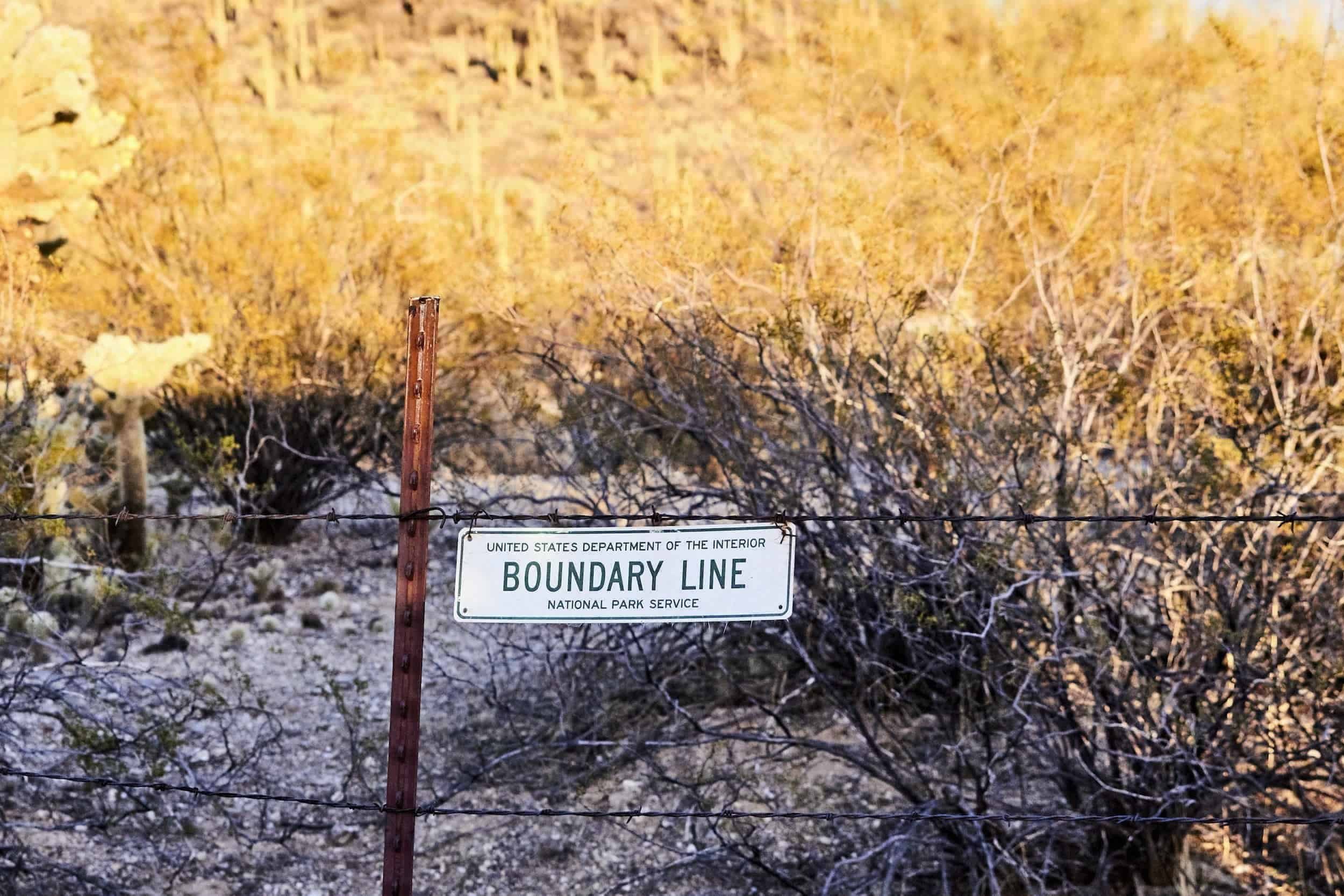Three Ways to Effectively Handle Setting a Boundary
Your options for how to approach the issue.
By Robin Arnett, LCSW
When you are thinking about what to do when it’s time to set a boundary, you have a few options for how to go about it. Your approach will depend on the nature of the relationship, especially the level of safety.
When you are setting up boundaries, your options are:
Confront
Abstain
Lie
This blog will cover the different choices that you can make when you need to set a boundary by saying “no,” and how to make the right choice for the situation you are facing.
Setting Boundaries Through Confrontation
With people that you trust and that are relatively safe, direct confrontation is usually the best route. You can explain your reasons behind saying no, but remember that your reasons don’t need to make sense to anybody but you.
When you are setting a boundary through direct confrontation, there is no need to apologize, but giving context can help the people that are close to you to understand you better, and could even strengthen the relationship. Learn more here about the steps to setting effective boundaries and how to structure boundaries conversations.
Setting Boundaries by Abstaining or Opting Out
Your next option is to simply remove yourself from interactions or situations that aren’t serving you by abstaining. Another way of thinking of this is that you are “unsubscribing” from whatever it is that’s causing you stress. This can look like ignoring someone, not answering a text or email, or simply leaving the room.
I learned an important lesson about abstaining while I was living in New York City during grad school. Walking around in New York inevitably means that you will have many different people vying for your attention, and 99% of them aren’t people that you actually know. I learned by necessity that I don’t have to talk to every person that talks to me. As a Midwesterner, this was very uncomfortable for me at first, but eventually I had to learn not to respond in order to preserve my valuable energy. Not everyone has earned the right to your attention, and you have the right to guard it.
A good gauge for when abstaining is the best choice is whether or not you are dealing with people that you actually know or with whom you have an ongoing relationship. It isn’t necessary to get into a confrontation with everyone that annoys you or asks you for something. Abstaining might also be the right choice with people that you do know but who have proven to be unwilling or unable to engage in healthy conversation.
Setting Boundaries by Lying
Your last option is to lie. This route is always available in situations that don’t necessarily feel safe, or where you are dealing with an unreasonable person and need a viable exit.
You have a right to physical and emotional safety, and in some unfortunate cases, lying may be your only option when abstaining or explaining aren’t practical. An example could be telling a man that’s creeping you out at a bar that you have a partner, even if you don’t, or telling an abusive partner that you are going to the store, when really you are headed to a therapy appointment.
Lying is not a healthy go-to first option, but safety is essential, and there may be times when lying is the best way to stay safe. At the same time, if you find that you are lying more often than not, that’s a sign that your boundaries need to be strengthened and made more explicit. Pay attention to a gut feeling to tell you when lying is really about safety, or if you are out of alignment with your highest self.
Getting in Alignment
If you find yourself wanting to set boundaries, but are having trouble getting started, getting some guidance can help. People often find that they are out of alignment with their truth when they are lying or abstaining more than they would like. Learning skills for how to set boundaries from a place of integrity is essential.
The Intuitive Boundaries Mastery Series can help to give you the clear guidance that you need to set boundaries from your most empowered self. You will learn not only skills for boundary setting, but also why boundaries are important, types of boundaries in relationships, personal boundaries activites, and so much more. Sign up for the newsletter, below for a 20% discount on the course, and get ready to connect with your authenticity.





